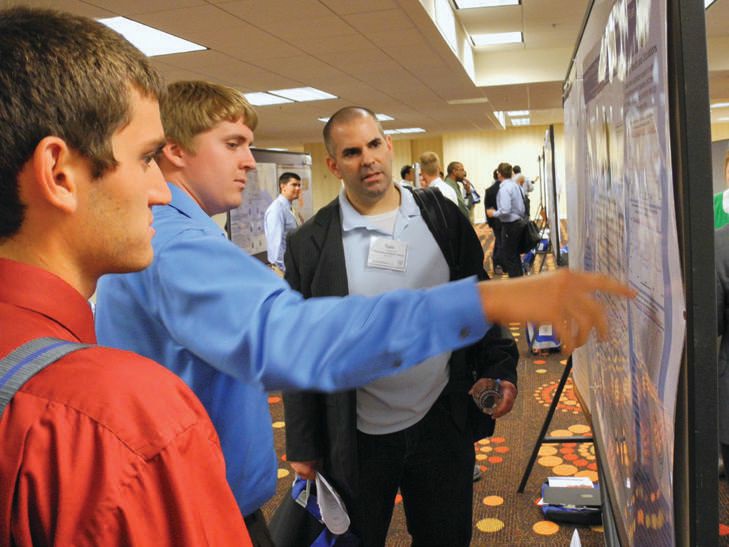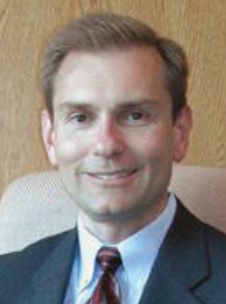Stunning change: Fact or fiction?
Edward P. Salek, CAE, Executive Director | TLT Headquarters Report July 2011
Alternate history sparks some thoughts on STLE’s present reality.

STLE is working with societies in other countries to build a worldwide network of young professionals in the tribology field. (Photograph by Robert Erck)
If you’re looking for an engaging book to add to your summer reading list, I would recommend a new release called
Then Everything Changed—Stunning Alternate Histories of American Politics.
The book, written by veteran journalist Jeff Greenfield, has been called “shrewd and riveting” by reviewers who’ve given it a solid thumbs-up rating. The premise is simple: Greenfield rewrites major world events and speculates on the historical impact. For example: what if Bobby Kennedy wasn’t assassinated in 1968 and became the U. S. president?
While exploring alternate history is fun, this space isn’t about book reviews, politics or historical scenarios. The point centers on the fact that reading Green field’s book got me thinking about how an organization like STLE creates change in the real world instead of through rewriting history.
The change STLE has been seeking is to more fully engage students and young professionals into the activities of STLE. This strategy is good business for the organization in terms of securing future membership, and it makes a contribution to our mission by supporting the professional development of future leaders in the field of science and engineering.
A status check at mid-year 2011 shows that, while STLE hasn’t exactly rewritten history, efforts to create programs that support this strategy are yielding impressive results.
Student activity at both the May Annual Meeting and October International Joint Tribology Conference (IJTC) is being boosted by a poster competition that is attracting outstanding contributors from major universities around the world. Members of our Young Tribologists Committee have worked diligently to solicit the posters and to encourage participation in other aspects of the conference.
This same committee also proved during The 2011 Annual Meeting in Atlanta that young tribologists also know how to have fun and network once the poster session closes. Nearly 50 students and STLE leadership representatives mingled at an STLE-sponsored outing to Blind Willie’s, a legendary Atlanta blues club named for the equally legendary bluesman know as Blind Willie McTell. Plans are already in the works for another networking event at the 2012 meeting in St. Louis.
Similar things are happening throughout the organization. The STLE Caribbean Section now sponsors an annual Young Engineers Forum, which runs a little bit like an American Idol competition for the tribology world. Students present their papers while a panel of technical experts serves as the panel of judges. It has become the catalyst for a noticeable jump in student activity from the Caribbean region.
The STLE board of directors is doing its part to support the same goals. While meeting in Atlanta, the board chartered a new student section at Ryerson University in Toronto and also voted to more than double financial support for student scholarships and grant programs in the 2012 fiscal year.
One STLE goal for 2011-12 is to extend this success by creating a Young Professionals program. This initiative is intended to support early careerists as they seek to establish their position in the field and within STLE. In addition to winning board support, the concept has sparked international interest from several tribology societies in other countries that would like to partner with STLE to build a worldwide network of young professionals in the tribology field.
While exciting and encouraging, all this activity clearly is not as gripping as Greenfield’s alternate histories that put Bobby Kennedy in the White House or won Gerald Ford a second term as President. The intrigue of reshaping the future based on twists of fate, chance and circumstance is great fun and can fuel endless speculation—or at least more than 400 pages of it in Green field’s book!
However, there’s no need to speculate about where STLE’s history is heading. We’re well on the way to building a future constituency for the important work being done through the society’s worldwide efforts.
 You can reach Certified Association Executive Ed Salek at esalek@stle.org
You can reach Certified Association Executive Ed Salek at esalek@stle.org.